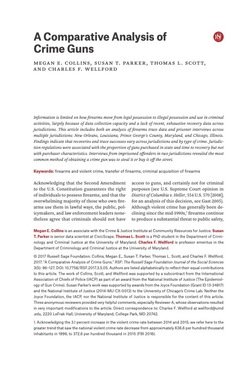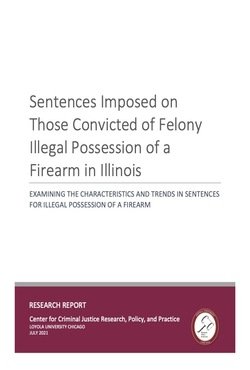Edited by Miriam Gani and Penelope Mathew
On 20 September 2001, in an address to a Joint Session of Congress and the American people, President George W Bush declared a ‘war on terror’. The concept of the ‘war on terror’ has proven to be both an attractive and a potent rhetorical device. It has been adopted and elaborated upon by political leaders around the world, particularly in the context of military action in Afghanistan and Iraq. But use of the rhetoric has not been confined to the military context. The ‘war on terror’ is a domestic one, also, and the phrase has been used to account for broad criminal legislation, sweeping agency powers and potential human rights abuses throughout much of the world. This collection seeks both to draw on and to engage critically with the metaphor of war in the context of terrorism. It brings together a group of experts from Australia, Canada, the United Kingdom, France and Germany who write about terrorism from a variety of disciplinary perspectives including international law and international relations, public and constitutional law, criminal law and criminology, legal theory, and psychology and law.
Canberra: ANU Press, 2008. 440p.





















